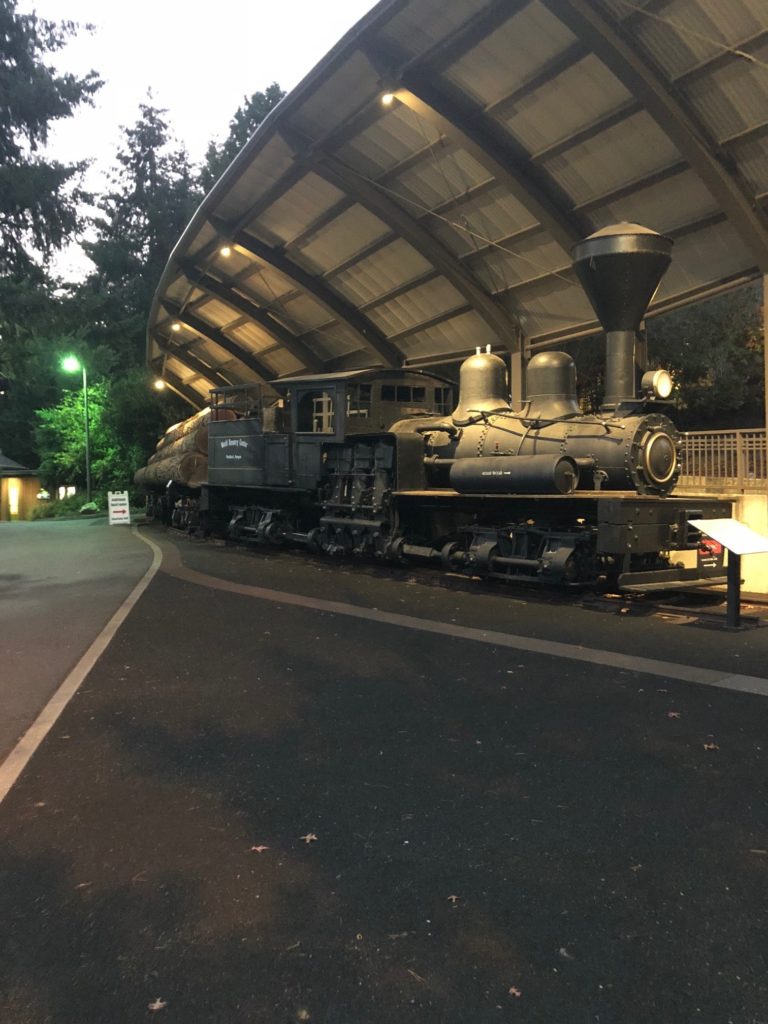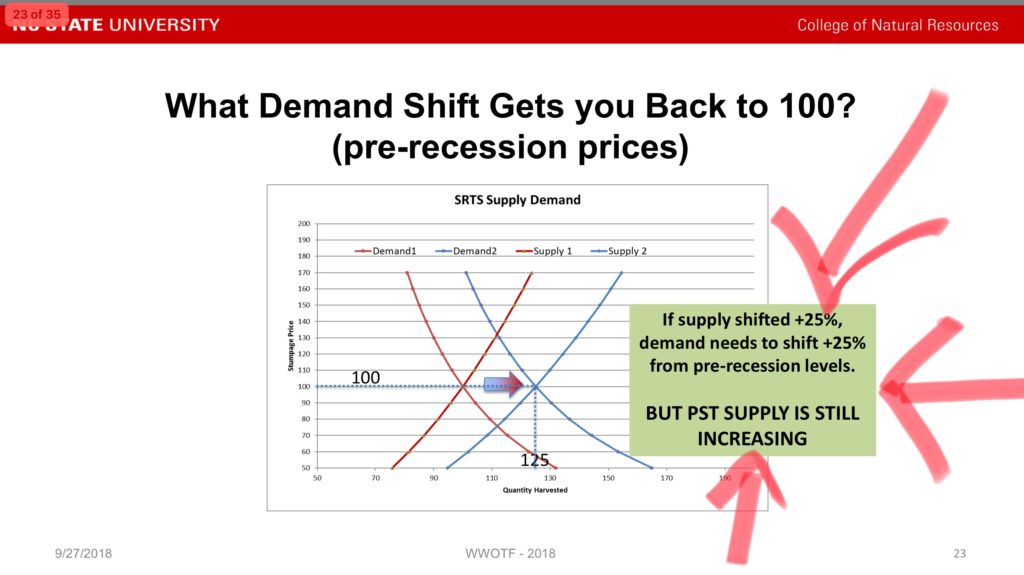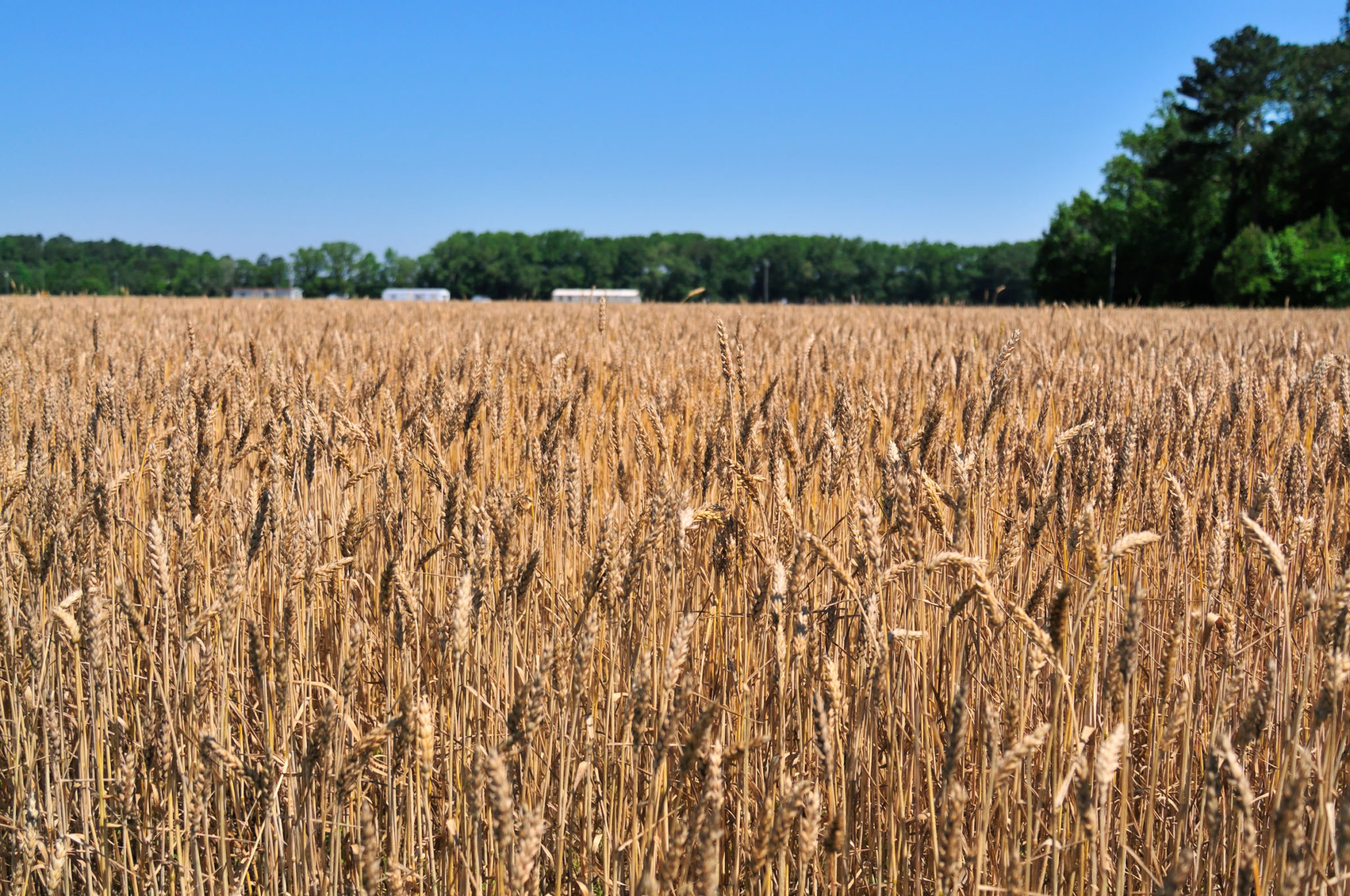West of East and South of Good Pricing!

September 27, 2018
I admit the title is odd, but I wanted to get your attention. It has been another year, and I made it to the other side of the continent to attend Who Owns the Forest Conference, hosted by the World Forestry Center. These folks have a great facility and put on a highly professional and well attended event, with nearly 500 folks in attendance this year. Hats off to them for a great effort. If you are ever in Portland check them out; there is a nice museum and they create programs to support education on the value of local and global forests.
It was a good conference and here are a few relevant points to share with you. Several economists stated the US South has the strongest position for growth in price at stump, but many factors push back on this opportunity. To be clear, there are two significant measurements to focus on in a “bottom line” kind of way. The first is profit to the mill and the second is the price to the landowner. The later is often called “stumpage price”. In other words, what do you get paid as the land owner when the logger leaves you a stump in your forest.
Let me clearly state that many of the metrics summarized here are not based on any measurements from Maryland, Delaware, or Virginia. I am extending the conclusions drawn about the US South and applying them to our marketplace. Here is an oversimplified fact that will matter to you as a forestland owner on the Delmarva Peninsula: there is a glut of supply of pine saw timber in the US South, and it is growing right now.
The supply is only getting bigger each day, week, month, and year. The easy answer to this is to just increase demand. Yes, agreed. However, you will recall a previous blog and my reference to the Cowboy Junkies song: “Where did all the Cowboys go?” Where did all the saw mills go begs the question of demand. Clear demand drivers like housing starts, home remodeling, and growing GDP are having no significant impact to stumpage value to the landowner even when demand has recovered to levels similar to pre-recession.
Additionally, there is a significant amount of investment going into the US South to increase capacity for wood products. It is estimated 14 new mills including many new wood pellet facilities will be built in the coming years. This clearly sounds like good news to move price for the landowner.
It would be really good news if a mill could land somewhere like Salisbury, Cambridge, or Westover. We would all raise a glass for the jobs and higher demand for pine saw timber. I do not believe this to be an impossibility. A challenging prospect for an investor, yes, but not impossible. The economics of this investment is significant, yet I am confident current leadership at local and state levels would work to facilitate this investment and work to remove the barriers they could.
 While an increase in demand seems to be the answer, it may not have the impact to stumpage price we seek. Remember my point about the “glut of wood supply”? This wall of wood in the pipeline in the US South also exists on the Delmarva Peninsula. A rough estimate of timber consumption on the Delmarva by the timber industry tells us approximately 2500 acres are harvested each year. That represents a minuscule fraction of the supply growing each year. The number varies yearly, but it is a sobering number to understand how small our current demand is. This will be a primary limiting factor to stumpage price for decades to come unfortunately.
While an increase in demand seems to be the answer, it may not have the impact to stumpage price we seek. Remember my point about the “glut of wood supply”? This wall of wood in the pipeline in the US South also exists on the Delmarva Peninsula. A rough estimate of timber consumption on the Delmarva by the timber industry tells us approximately 2500 acres are harvested each year. That represents a minuscule fraction of the supply growing each year. The number varies yearly, but it is a sobering number to understand how small our current demand is. This will be a primary limiting factor to stumpage price for decades to come unfortunately.
It has been a couple decades since demand for pine saw logs was significant on the Delmarva and local mills were paying landowners well for timber in the 30 to 35-year age class. Those days are only memories as demand has withered with mills closing and older age class timber is being selected. The loss of these
mills has happened without much attention from state or local officials, although it is not the position of governments to prevent businesses from closing or “prop up” industries because they are “too big to fail.” (Perhaps we have seen that movie before??)
I am not suggesting the forestry industry on the Delmarva is too big to fail, but I do think it is worth some energy to explore potential ideas to breathe life into this industry as it is part of our culture and was traditionally a significant contributor to local and regional economies in terms of jobs and economic output. Today, agricultural and forestry economic outputs create $8.2 Billion of economic benefit in Maryland. Forestry accounts for approximately $1.3 Billion of that total.
To wrap things up, the Delmarva has a significant gap in demand for wood from our forests. I believe the graph I highlighted above from Bob Apt of NC State points out that even with increased demand, demand must out pace growth of supply. This formal statement of the obvious is not meant to discourage investment in the industry, it is only meant to point out that a change in stumpage pricing will remain in the horizon even with greater demand. Greater analysis into historic levels of demand on the Shore compared to the significant growth of supply of maturing wood will move us closer to the answer of what will increase stumpage pricing to the landowner. Recognizing the opportunity that exists in the industry while acknowledging how agriculture and forestry underpin the economic balance of Maryland, it seems action is required.
A productive forestry industry requires all actors in the resource chain to benefit and be properly incentivized. Currently, we can agree the supply and demand curves are not moving pricing in favor of the timberland owner. Regardless of how much additional demand is required, this gap points to an opportunity for investment on the Delmarva into the forestry industry.
So for now, I am West of the Eastern Shore and we are well South of the price we want for our timber. But investment is happening in the US South and maybe it can happen on our Eastern Shore. Thanks for reading, headed East tomorrow. Onward!



